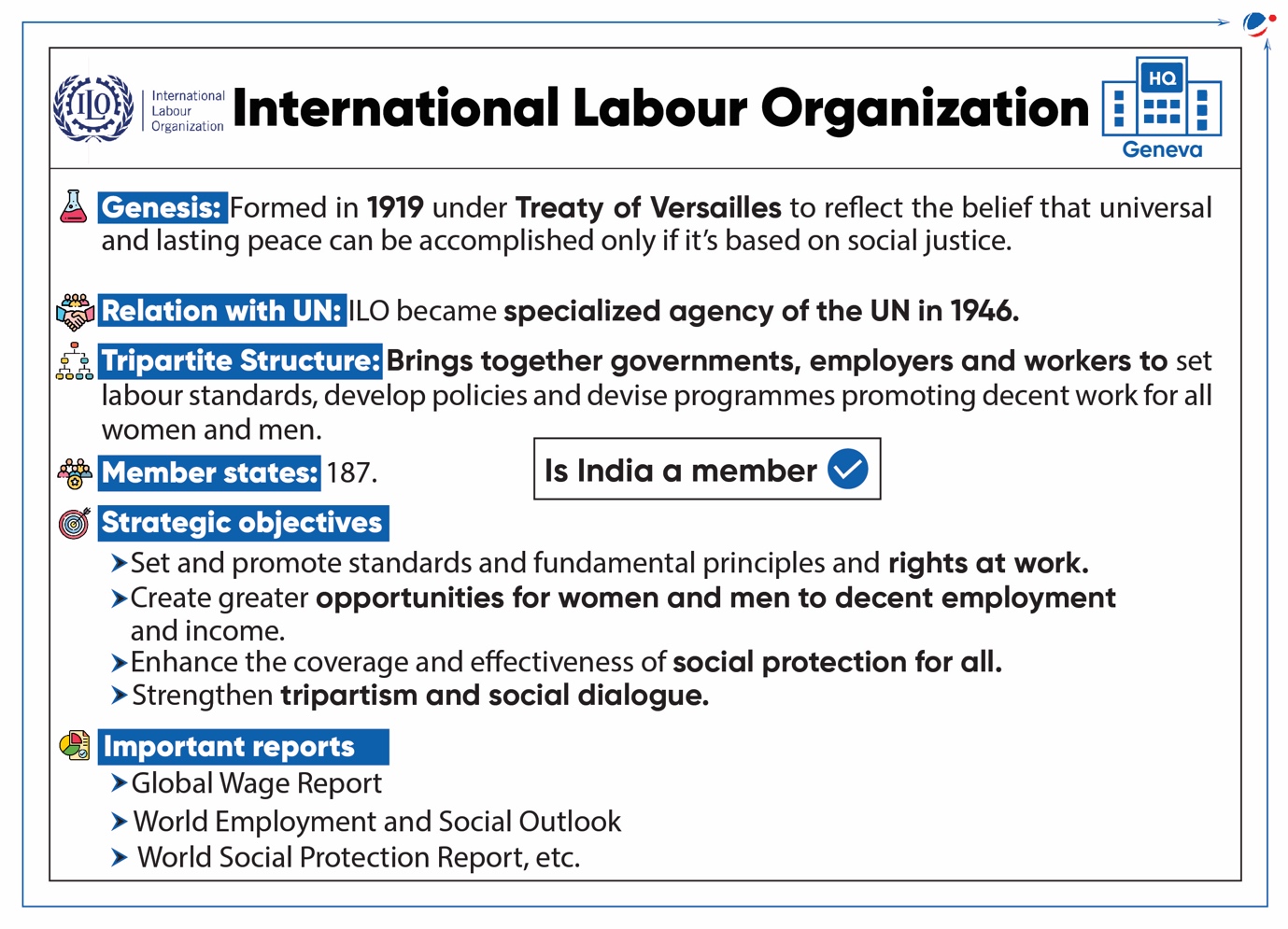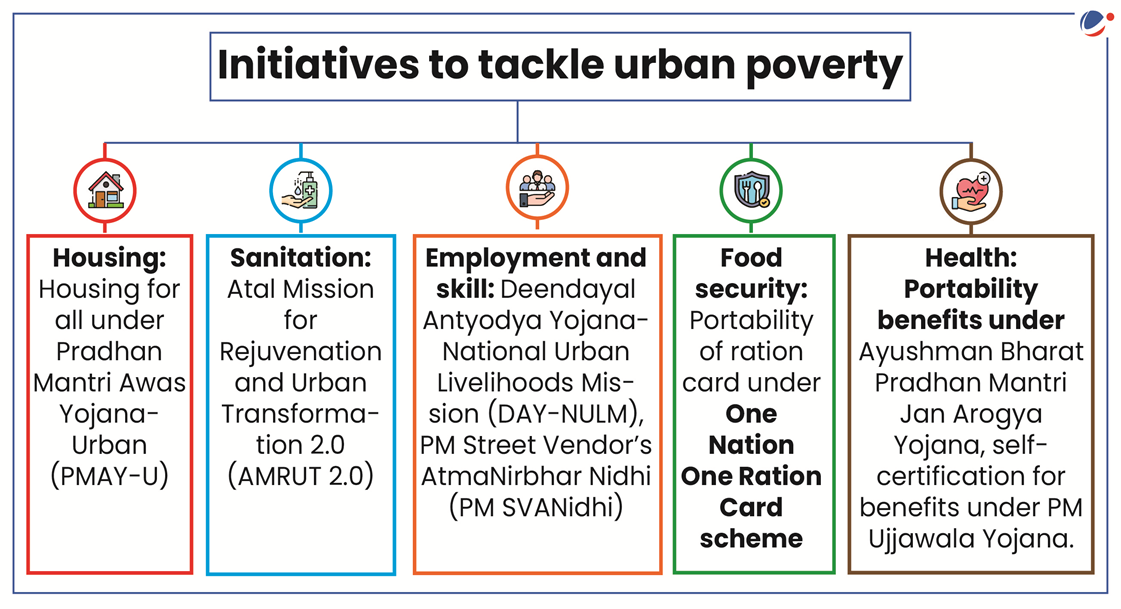Why in the News?
Recently, the India Employment Report (IER), 2024 was released which highlighted coexistence of higher unemployment and wages in urban areas and called for further investigation to understand its implications for the urban poor.
More on News
- IER, 2024 was jointly published by the International Labour Organization (ILO) and the Institute for Human Development (IHD).
- The report poses questions on the trickle-down effect of benefits to the working class in the backdrop of a 5.4% average real economic growth, from 2015-16 to 2022-23.
- The trickle-down effect assumes that the tax cuts and wealth of the rich and the corporates will ultimately reach down to the working class and lower class to uplift their economic situation.

Key highlights of the report
- Higher unemployment in urban areas: The incidence of unemployment was higher among young people in urban areas than in rural areas and among younger youths (aged 15–19) than older youths (aged 20–29).
- However, there is a coexistence of higher unemployment and wages which requires further investigation to understand its implications for the urban poor.
- Persistence of gender gap: In both rural and urban areas in 2022, the Labour Force Participation Rate (LFPR) of young men (at 61.2%) was almost three times higher than that of young women (at 21.7%).
- Decline in urban poverty: The proportion of poor individuals in urban areas decreased from 13.7% in 2012 to 12.55% in 2022 at the all-India level.
About urban poverty
- Urban poverty similar to poverty in rural areas is closely linked to inadequate access to employment, food, health care and education as well as a lack of voice in the settlements in which they live.
- However, cities impose certain characteristics on urban poverty that differentiate it from the rural.
Differences between Urban and Rural Poverty
|
Reasons for prevalence of Urban Poverty
- Urbanisation of poverty: The existence of migration of the rural poor into cities in search of a better livelihood is acknowledged as a key reason for urban poverty.
- Exclusionary urbanization: The urban planning processes largely disregard people living in informal settlements like slums.
- Inadequate access to basic services such as healthcare, education, etc. in such areas perpetuates the cycle of poverty.
- Regional disparity in urbanization: Insufficient development of Tier II and Tier III cities has led to excessive population pressure on megacities like Delhi, Mumbai, etc. exacerbating issues like the development of slums in megacities.
- Higher per capita infrastructure investment costs in smaller cities are one of the reasons for unbalanced urbanization (2011, High Powered Expert Committee Report on Infrastructure).
- Inaccessibility to social security: Many poor migrants in urban areas lack proof of residency or identity, which excludes them from government welfare programs and traps them in a cycle of poverty.
- Such poverty was more visible during the COVID-19 induced lockdown which led to mass migration urban poor to rural areas.
- Financial insecurity: High prevalence of informal employment, underemployment, as rapid urbanization has not been accompanied by the creation of enough job opportunities and also job opportunities for low skills.

Way Forward
- Inclusive urbanization: Decentralize decision-making and involve local communities for holistic and inclusive urban development planning.
- Encourage community-driven initiatives and support self-help groups in slums and low-income settlements in urban areas.
- Promote mixed-use development and inclusive zoning policies to prevent the formation of ghettos and ensure access to employment opportunities.
- Regionally distributed development: Promote balanced regional development by incentivizing economic activities, entrepreneurship and job creation in smaller towns and cities to reduce pressure from megacities.
- Improve rural infrastructure, employment opportunities, and agriculture-industry linkages to reduce distressed migration to urban centres.
- Sustainable livelihoods and skill development: Encourage the growth of labour intensive industries and small-scale enterprises in urban areas through improved access to credit, business development services, and market linkages.
- Kudumbashree (a women's community network) involved by Kerala in the implementation of the National Urban Livelihoods Mission (NULM).
- Portability of social security programmes: This would facilitate expanding access to social security nets and financial services such as banking, credit, and insurance for urban poor.



